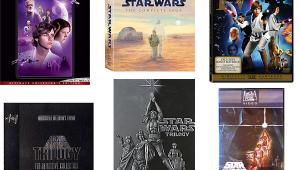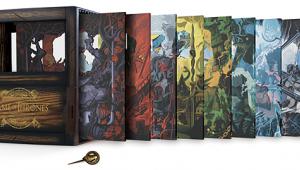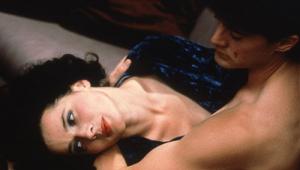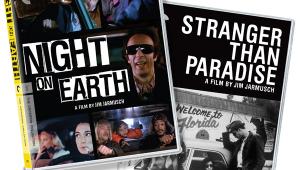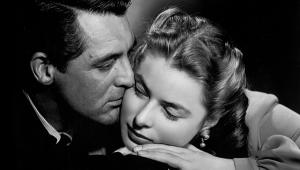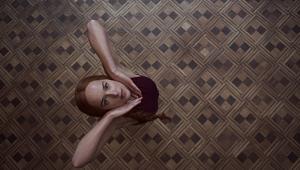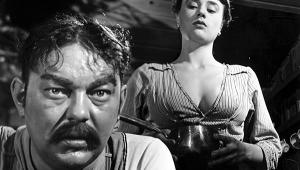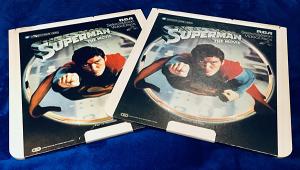Kubo and the Two Strings
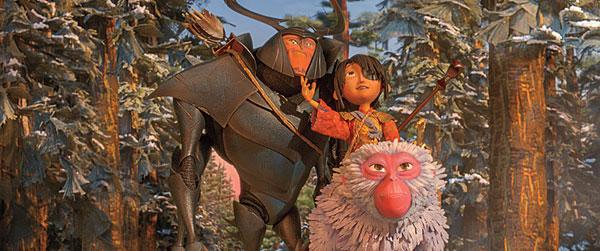
Kubo always heads home well before sunset. His mother insists he not go out at night. Her two evil sisters are looking for him, sent out by his grandfather who wants his other eye. But one day he does stay out late. His aunts find him, and in a chase, destroy the town. Kubo somehow escapes and wakes up in a cold, snowy wilderness, accompanied by an annoying, protective monkey—the living manifestation of a totem his mother insisted he keep with him at all times. Also tagging along is the origami samurai warrior that starred in his stories. Soon a samurai beetle joins them. Much questing, action, and danger ensue as they search for the magic sword, armor, and helmet that will protect Kubo from his pursuers.
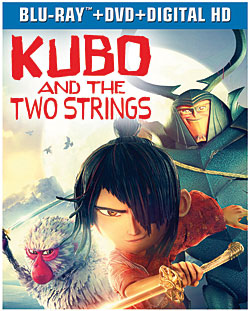 The movie is beautifully produced, but the ending did leave me a little unsatisfied. Are his aunts alive or spirits? Ditto for his grandfather, and why is he called the Moon King? While much of the movie is dark, it ultimately ties up its loose ends with a happy ribbon. It does attempt to accurately reflect Japanese culture and storytelling (this is emphasized in the extra features) so perhaps there’s something there that’s puzzling to Westerners—or at least to this one.
The movie is beautifully produced, but the ending did leave me a little unsatisfied. Are his aunts alive or spirits? Ditto for his grandfather, and why is he called the Moon King? While much of the movie is dark, it ultimately ties up its loose ends with a happy ribbon. It does attempt to accurately reflect Japanese culture and storytelling (this is emphasized in the extra features) so perhaps there’s something there that’s puzzling to Westerners—or at least to this one.
This film is available on 3D Blu-ray, but the studio sent us the 2D release for this review. The stop-motion animation here, the specialty of Laika studios, is brilliantly done. Laika’s work has clearly advanced beyond its earliest feature, Coraline. I did rewatch much of the latter as background for this review. It still holds up extremely well, with the bizarre and creepy qualities that appear to be Laika trademarks.
It would be great to see this film released in Ultra HD, but I didn’t find any shortcomings in this 1080p HD version. The resolution was superb and the colors rich and deep, even in the darkest scenes. Those dark scenes, and there are many of them, were superbly done, with excellent black levels and shadow detail (the 65-inch LG OLED I used for the review loved this movie!).
The audio was first-rate as well. The dynamics were clean, from the quietest passages to the loudest action scenes, and the dialogue was always intelligible and uncolored. Deep bass, though used sparingly, was clearly present when required. And the score, from composer Dario Marianelli, who also scored Laika’s previous stop-motion film, The Boxtrolls (2014), significantly enhanced the emotional resonance of the film.
The extras are extensive, including several short makingof documentaries. But it’s the full-length commentary track from director/producer Travis Knight that’s the prize package here. Animation fans will appreciate Knight’s talk, which goes into great depth, scene by scene, on the technology, art, and challenges in the making of the film.
Blu-Ray
Studio: Universal, 2016
Aspect Ratio: 2.40:1
Audio Format: DTS-HD Master Audio 5.1
Length: 102 mins.
MPAA Rating: PG
Director: Travis Knight
Starring: Charlize Theron, Art Parkinson, Ralph Fiennes
- Log in or register to post comments


